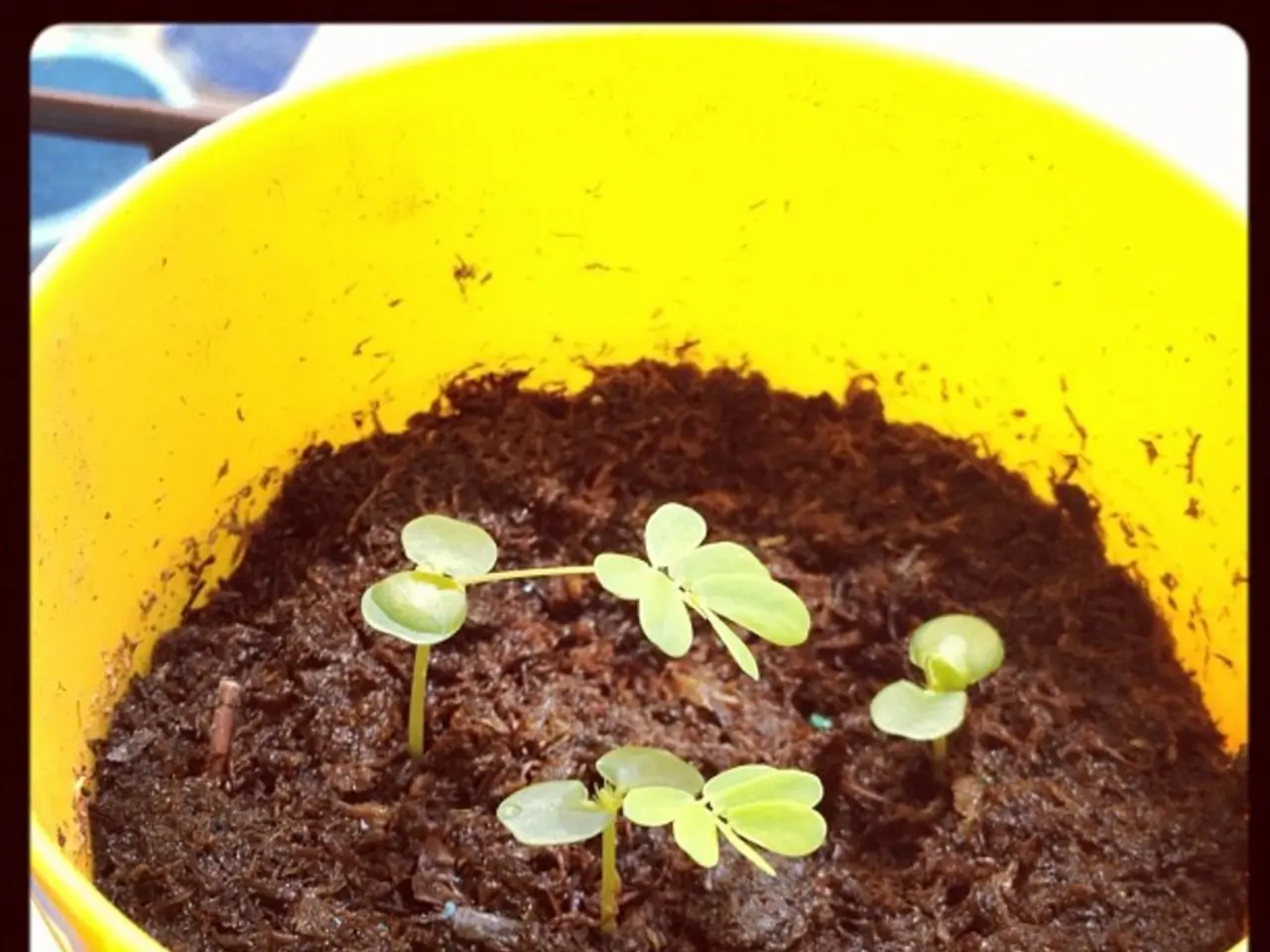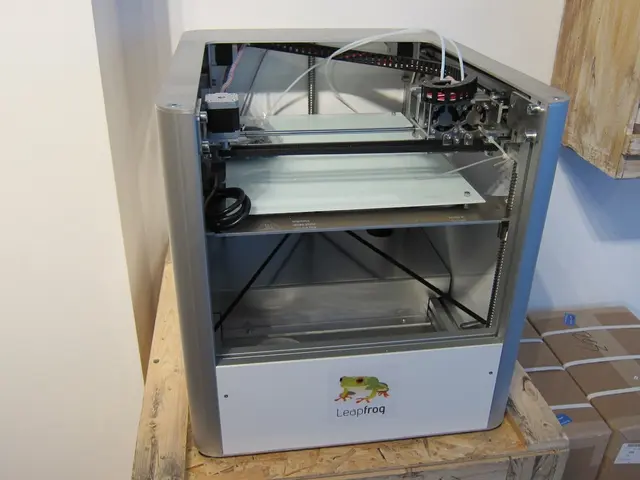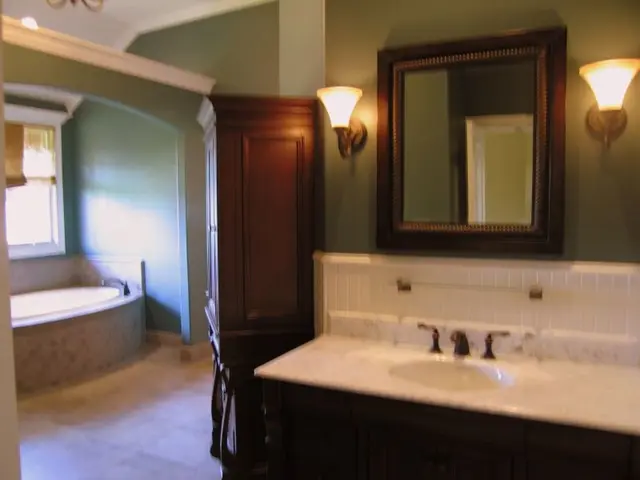Creating an Autonomous Terrarium Eco-System: A Step-by-Step Guide
In the realm of miniature ecosystems, the bioactive terrarium stands out as a marvel of nature replicated indoors. This article offers a step-by-step guide to creating a self-sustaining bioactive terrarium, inspired by expert recommendations and current practices.
**Essential Components of a Bioactive Terrarium**
The foundation of a bioactive terrarium lies in its components. Here's a breakdown of the essential elements:
1. **Container Selection**: The choice of container depends on the species you intend to house, ensuring adequate ventilation and size for the inhabitants' needs. Glass terrariums or vivariums are common for maintaining humidity and observing the ecosystem.
2. **Substrate Layers**: A well-structured substrate layer system is key to a thriving bioactive terrarium. It starts with a drainage layer of lava rock, clay balls, or gravel, followed by a permeable fabric or mesh barrier, a substrate mix of organic soil, coconut coir, sphagnum moss, and sand, and a top layer of leaf litter or moss for a natural look.
3. **Live Plants**: Select plants that thrive in the chosen humidity and light conditions, are safe for any animals living in the terrarium, and provide oxygen, shelter, and aesthetics.
4. **Hardscape and Lighting**: Incorporate branches, rocks, and wood to provide climbing surfaces and hiding spots, and use appropriate lighting, such as LED or grow lights, tailored to plant needs.
**The Role of Microfauna**
The microfauna in a bioactive terrarium play a crucial role in waste breakdown and nutrient cycling. Springtails and isopods, for example, consume decaying plant matter, fungi, and mold, preventing buildup and disease. Bacteria and fungi also play essential roles in breaking down waste and enriching the soil, creating a balanced cycle.
**Maintaining the Ecosystem**
A well-designed bioactive terrarium requires minimal intervention. Watering and humidity maintenance are key, with misting as needed to maintain proper humidity for plants and animals. A well-designed terrarium may only need watering once a year. Regular maintenance tips include pruning plants, removing dead or visibly moldy material, and monitoring for pests.
**Key Takeaways**
A bioactive terrarium, when designed correctly, is a miniature, self-sustaining ecosystem that requires minimal intervention. By selecting appropriate plants, a suitable substrate, and introducing microfauna like springtails and isopods, you create a system that recycles waste and mimics natural processes, ensuring the health and longevity of both plants and animals.
For more help on watering, see our guide to watering terrariums. Dwarf varieties and curated miniature terrarium plants like Biophytum sensitivum, Pilea glauca 'Aquamarine', and Nephrolepis cordifolia 'Duffii' are suitable choices. A drainage layer at the bottom of a closed terrarium collects excess water, helps keep up humidity, prevents the substrate from becoming oversaturated, and helps facilitate the water cycle. Adding a colony of springtails is highly recommended for every terrarium project, as they help control mold and require minimal care.
Isopods can handle their waste and create a virtuous cycle, but they require more care and consideration compared to springtails. Premium Terrarium Substrate Mix is a blend that balances all of a plant's needs. A healthy bioactive terrarium ecosystem consists of plants, microfauna, and microbial colonies that work together to support the system.
In theory, other terrarium animals can be added to the mix, but they add more complexity to the system. A self-sustaining terrarium can last for a long time without much input. The key to a thriving terrarium is creating a mini world that feeds, cleans, and renews itself. Bigger terrarium containers are generally better for a self-sustaining ecosystem, as they provide more space for plants and materials. A functioning water cycle is crucial for a self-sustaining ecosystem. The foundation of a terrarium should support the movement of moisture while retaining it. A healthy ecosystem must have a good balance and distribution of water, with no excess moisture. Water should be added only a little at a time whenever signs of low moisture levels appear.
The process of creating a robust terrarium ecosystem involves "going bioactive" or adding springtails. Choosing the right plants is essential for a self-sustaining terrarium. Recommended qualities include plants that grow well but not too much, are hardy and pest/disease resistant, and provide enough plant biomass to sustain the natural cycles. Bright, indirect light is the gold standard for most terrarium plants. North-facing windows or a grow light can provide suitable lighting conditions.
Springtails and isopods together make the Isopod and Springtail "wombo combo". White Springtails Culture on Calcium-Bearing Clay is a starter to establish a thriving bioactive terrarium ecosystem. A balanced substrate with good drainage and water retention is important for a terrarium kit. It should also be bioactive to support microfauna and microbial life.
A home-and-garden enthusiast considering a miniature ecosystem project might find creating a self-sustaining bioactive terrarium an interesting addition to their gardening lifestyle, especially with the springtails and isopods that contribute to waste breakdown and nutrient cycling within the terrarium. For instance, one could consider housing springtails within a terrarium featuring live plants and a well-structured substrate, replicating a miniature home-and-garden setup indoors.




